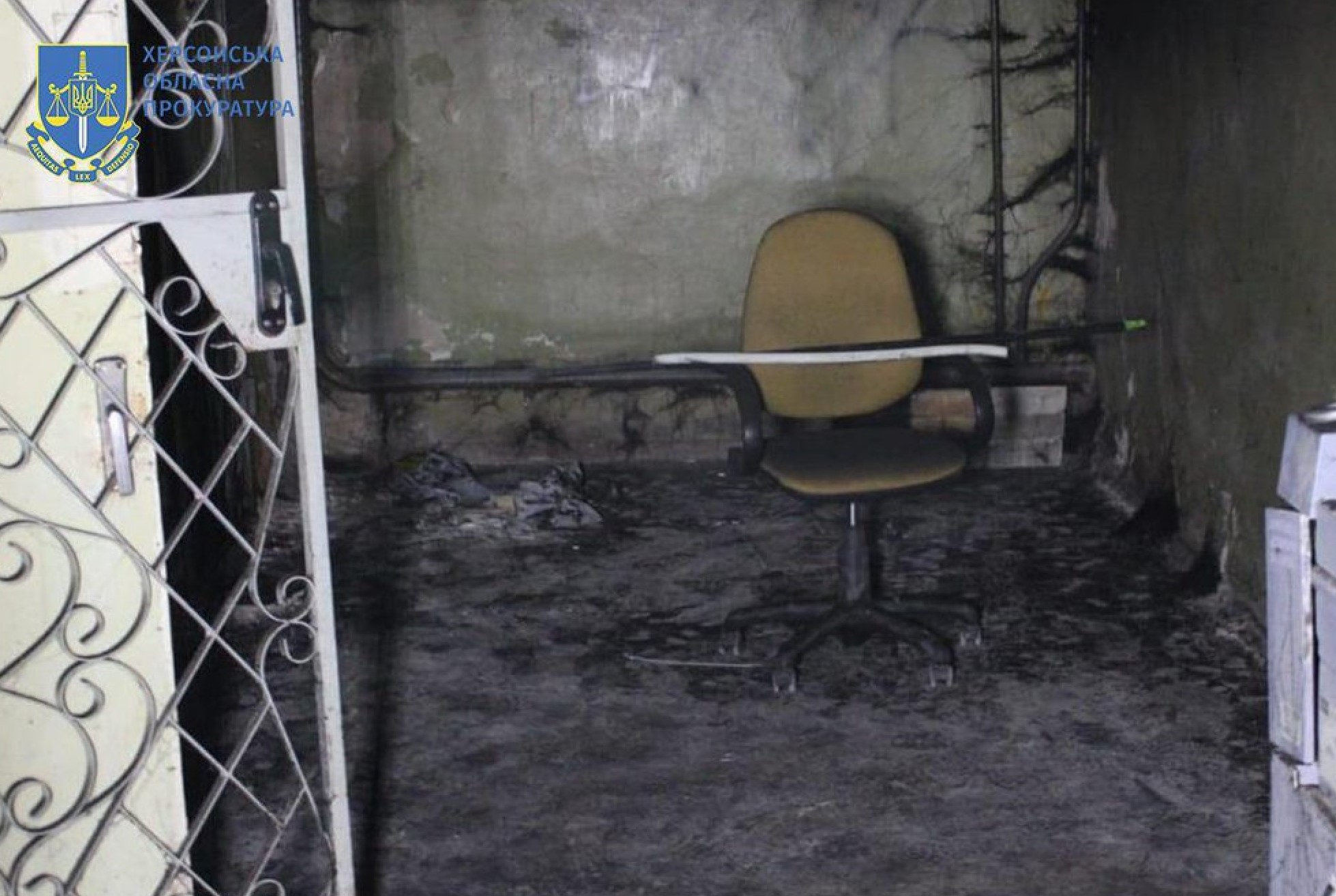Russian torture of Ukrainian civilians and POWs is clearly state-endorsed policy – UN Rapporteur

Dr Alice Edwards, UN Special Rapporteur on Torture, has spoken with a number of former Ukrainian prisoners of war and civilian hostages who all described the torture they were subjected to by their Russian captors. During a press conference in Kyiv on 10 September, at the end of her fact-finding visit, Dr Edwards pointed to the recurring forms of torture listed, and to the apparently systematic nature of such treatment. The cases of torture, she is forced to conclude, are not isolated incidents but part of Russian state endorsed policy. Her full report is due in March 2024.
The methods which the prisoners of war [POW] and civilian hostages mentioned included having electric currents attached to sensitive parts of the body (earlobes or genitals); beatings; mock execution; threats of rape or killing, and being held for lengthy periods in very uncomfortable positions. The UN Rapporteur pointed out that none of such horrific actions was in any way unusual. She therefore believes that it is most probably part of state policy to instil fear and intimidate people. Prisoners are tortured also as a form of punishment or in order to extract information or ‘confessions’. The latter, as has been seen countless times since 2014, may well be for propaganda purposes with the victims forced to repeat lies or face more torture. Dr Edwards could only speak with former prisoners, however the videoed ‘confessions’ posted recently by Russia’s Investigative Committee give serious grounds for assuming that the Ukrainian POWs shown reciting, as though off by heart, alleged ‘crimes’ committed in Mariupol or other occupied cities, gave such ‘confessions’ and expressions of ‘repentance’ under duress.
All of the hostages and POWs were held in appalling conditions – in overcrowded cells or basements, and were not given enough to eat.

The UN Rapporteur also visited POW camps where Ukraine is holding Russian prisoners of war and reported that the POWs are treated with respect, and held in proper conditions. They receive enough to eat, medical care and have contact with their families. Dr Edwards said that the POWs had said that they were happy with the conditions and expressed surprise at such treatment from the Ukrainian side. She did, however, come upon cases where POWs alleged that they had been tortured by Ukrainian soldiers while being taken from the front to the POW camps.
Dr Edwards has previously complained about the lack of any response from Moscow when approached over the allegations of torture and other crimes. At the press conference, she drew attention to the lack of access to territory currently under Russian occupation and pointed out that this means that crucial evidence of crimes is being lost.
In fact, this is almost certainly one of the main reasons why even those visits which Russia has committed itself to provide through its endorsement of the Geneva Conventions have been blocked. The real Mariupol city authorities reported back in November 2022 that the Russians were destroying the Drama Theatre in the centre which they had bombed on 16 March. Around the same time, Maxar satellite images showed the Drama Theatre surrounded by ‘a protective screen’. All of this is very likely to be aimed at concealing what was probably one of Russia’s bloodiest war crimes in Ukraine to date. The theatre building was known to be serving as a bomb shelter for a thousand or more civilians, and had the word CHILDREN written in Russian and in huge letters at the front and back. This did not stop the Russians from dropping two bombs, with the likely death toll at least 300, but maybe as many as 600. Russia has since used Ukrainians forcibly deported to Russia or occupied Crimea for supposed ‘witness’ accounts that try to blame Ukrainians soldiers in Mariupol for this appalling war crime.
The same motives are doubtless behind Russia’s subterfuge over the killing of more than 50 Ukrainian POWs at the Olenivka camp in occupied Donbas. Although Russia immediately claimed that the explosion during the night from 28-29 July 2022 had been caused by an American HIMARS-launched Ukrainian missile and that it was inviting both a United Nations and the International Committee of the Red Cross [ICRC] to investigate, it blocked any such visit. Just before the first anniversary of the disaster, the UN’s High Commissioner for Human Rights Volker Türk publicly rejected Russia’s claim that the explosion had been caused by a Ukrainian-fired HIMARS missile and noted Russia’s effective blocking of any proper investigation.
During a public briefing with Dr Edwards, Ukraine’s Prosecutor General Andriy Kostin stated that around 90% of Ukrainian prisoners of war had been subjected to torture, rape; threats of sexual violence or other forms of ill-treatment. Of 300 former prisoners questioned by Ukrainian investigators, 107 had been the victims of sexual abuse, with this also constituting torture and ill-treatment. In Kharkiv oblast, investigators have thus far established almost 100 cases of torture with these involving over 700 victims. Kostin also mentioned that eleven ‘prisons’ used as torture chambers had been uncovered in liberated parts of the Kherson oblast alone. During her meeting with Dr Edwards, Ukraine’s Deputy Interior Minister Kateryna Pavlichenko said that investigators had identified over 80 such torture chambers in those parts of Kharkiv, Zaporizhzhia, Kherson, Kyiv and Sumy oblasts now liberated.
Given the considerable parts of Donetsk; Luhansk; Kherson and Zaporizhzhia oblasts, as well as Crimea, still remaining under Russian occupation, we can at present only guess the real scale of Russian crimes against Ukrainians.





